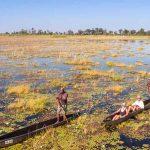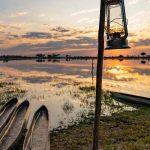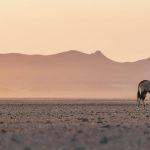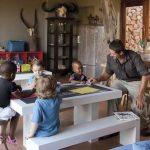An Insight to the Okavango Delta
The Okavango Delta in Botswana is probably the most famous wildlife destination in the world, perhaps the only other area as well documented is Kenya’s Masai Mara. However there is a big difference in the two, with Botswana opting for a low-quantity, high value tourism model which ensures an extremely intimate and private safari experience.
Getting into Botswana was extremely simple, a quick flash of my Covid-19 vaccination certificate and after a fifteen-minute hop, I was into the Okavango Delta in the blink of an eye.
When on game drives in the private concessions that make up the Delta, often no other vehicles are seen and animal sightings can be enjoyed for as long as you wish. It is the purest safari experience one can imagine and when combined with an array of different activities, you have the recipe for an unforgettable experience.
The true beauty of the Delta is its diversity. No year is the same, be it the shifting tectonic plates, a sediment deposit or a difference in the seasonal rainfall, the Delta’s waterways and its landscapes are always changing.
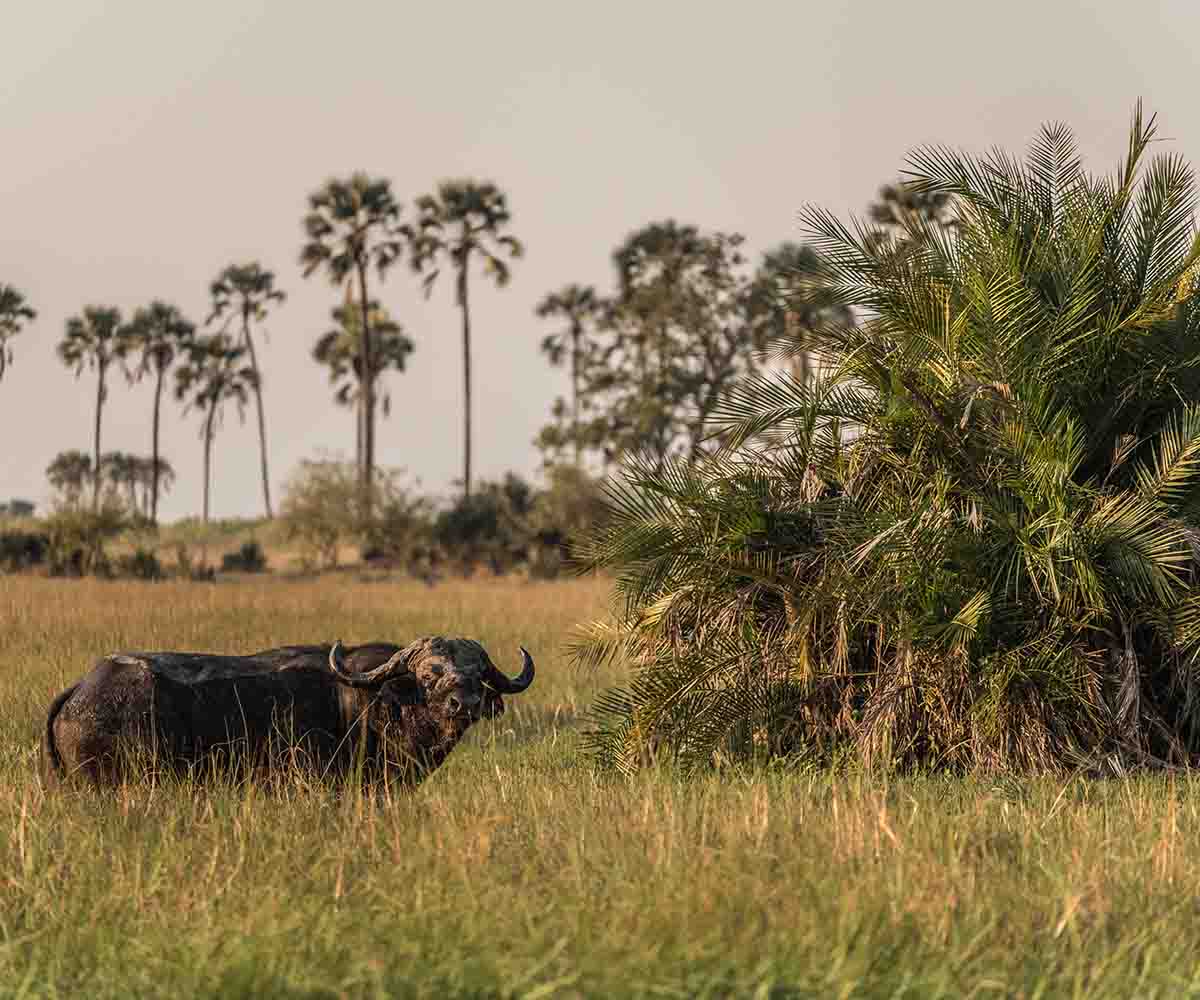
© Sam Hankss
I was lucky enough to explore North, South, East, West and the central areas of the Delta during my recent trip, and no destination was the same. With every area offering something different, I would always recommend visiting at least two lodges, and experiencing all activities to ensure an all-round true Delta experience.
My first stop in the Delta was at the land-based Chitabe Lediba. The concession comprises of just three camps, Chitabe and its smaller, sister camp Chitabe Lediba, as well as Sandibe. Located at the South Eastern fingers trips of the Delta’s reach, any flood water that arrives here comes very late in the season and isn’t enough to undertake any water activities. A stay at any of the camps within the area will only allow land-based activities like game drives, but that is no detriment to your time here. Predator sightings are incredible here and we were lucky enough to have a lioness chase a pack of wild dogs through camp.
It’s not just the South Eastern fringes of the Delta that offer land-only activities though, Mombo (and Little Mombo) on Chief’s Island is another land-activity-only camp. Arguably the most famous camp in Africa, Mombo translates to ‘the place of plenty’ and it certainly lives up to its name. With bull elephants, red lechwe and dagga boys all abundant throughout the flood plain in front of camp, you don’t need to go on game drive for incredible sightings. A morning following wild dogs was certainly a highlight, however one sighting that included two-hundred buffalo, a leopard, two mating lions, twelve wild dogs and three hyena made for one of the most exciting wildlife concoctions I had ever set eyes upon.
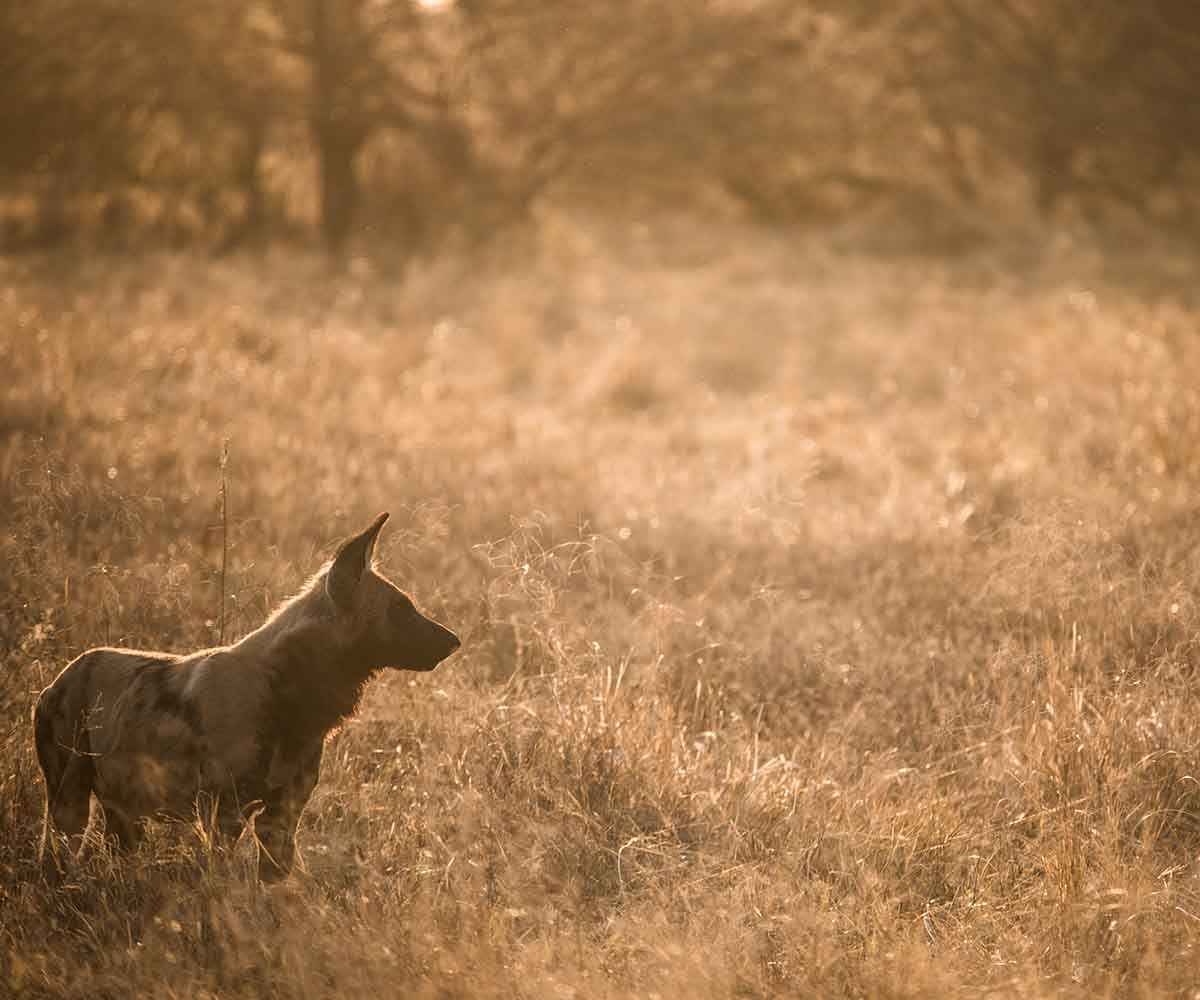
© Sam Hankss
Away from the dry lodges, there are some in the Delta that are water-focussed camps and I would definitely recommend having a camp that can offer water activities in your itinerary. Of course their activities are dependent on the levels of flood water, however as a general rule of thumb, Jao and Kwetsani can offer boating and mokoro year-round and in the flood season you can’t game drive without boating to the area near Tubu. For those lucky enough to visit Jao, not only is the lodge spectacularly beautiful, but keep an eye out for the resident Pel’s fishing owl that calls the camp home. Whilst boating and mokoro activities are slower in pace than your average game drive, they allow you to appreciate the smaller aspects of the Delta that are no less important to the eco-system than the mega herbivores which steal the limelight.
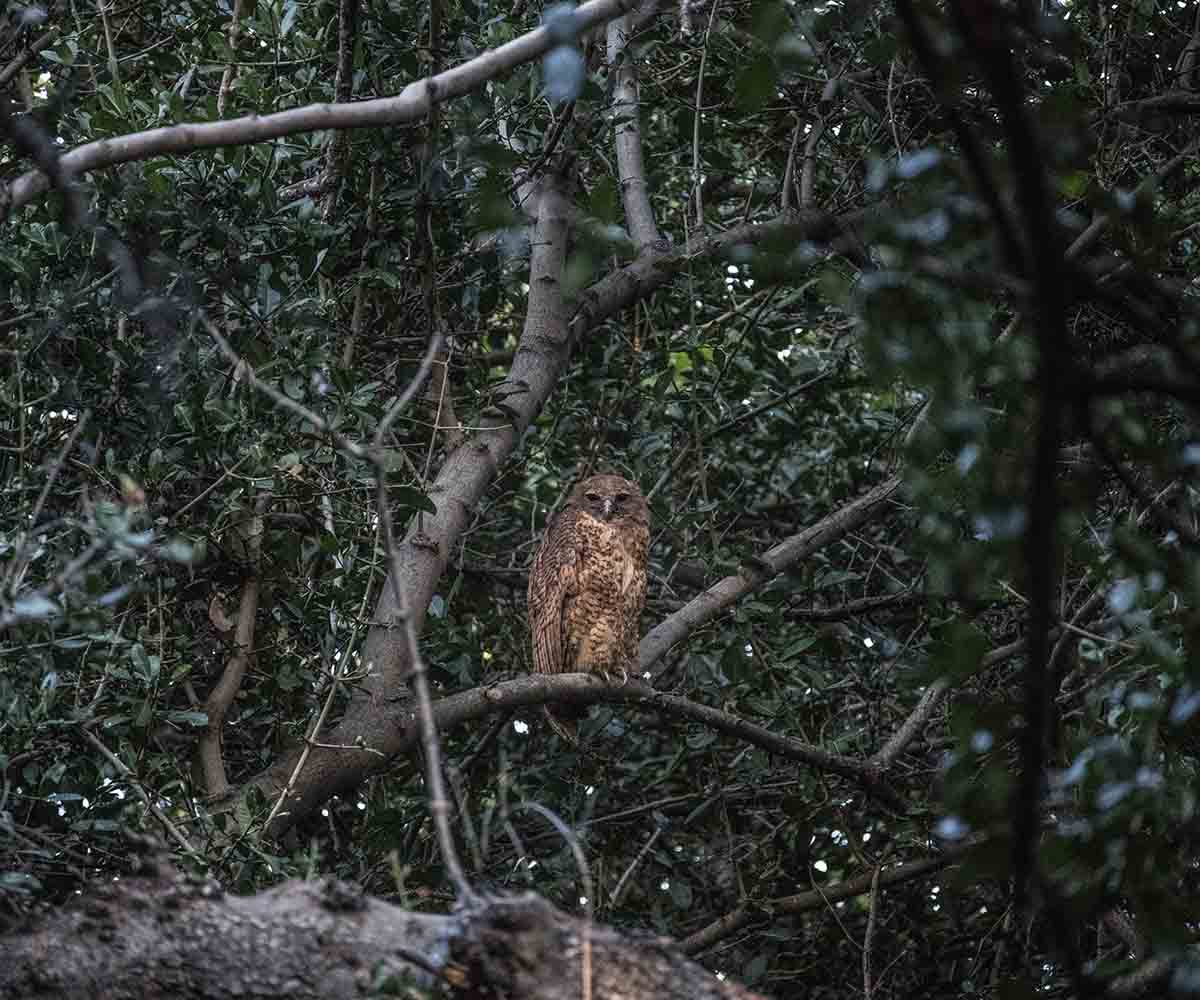
© Sam Hankss
After visiting both land-only and water-only camps, I headed to nearer the panhandle of the Delta to stay at two different camps that enable water and land activities for most of the year. Little Tubu (part of Tubu Tree) is on the Western edge of the Delta and is renowned for its incredible leopard sightings. With the shifting of the tectonic plates from an earthquake a few years ago, the flood water is taking longer to arrive on the camps doorstep, however there is still plenty of seasonal water to enjoy boating and mokoro excursions. Vumbura and Little Vumbura on the Eastern side however had received some excellent flood water which enabled many great water-crossings in the vehicle as well as fantastic wildlife sightings including large herds of elephants and a plethora of lions. Little Vumbura is set on an island surrounded by water, so every game drive starts and ends with a fifteen minute boat trip with unrivalled sunrises and sunsets.
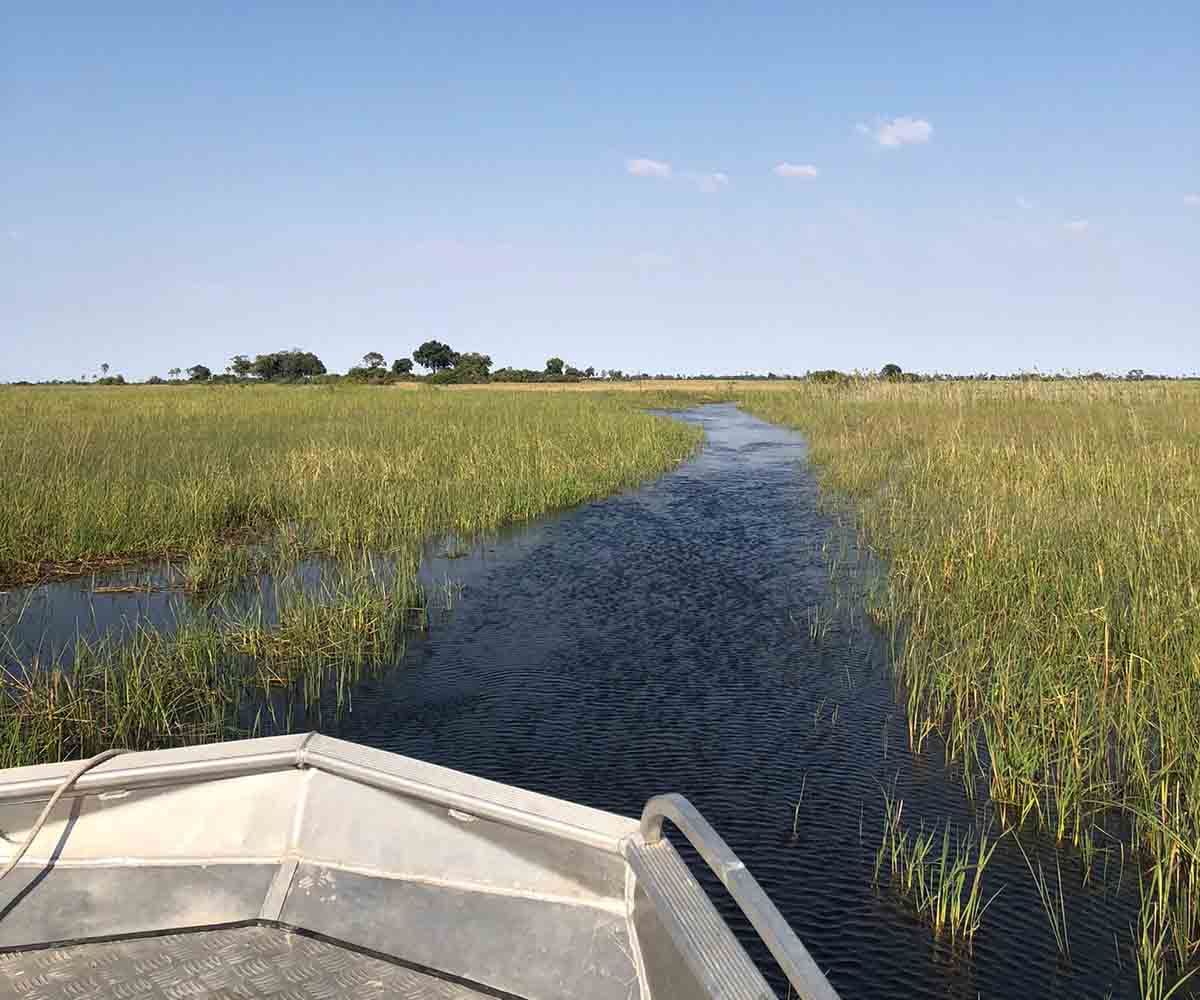
© Sam Hankss
My last stop was in the Khwai Private Reserve, much further East than the Vumbura concession and home to Tuludi, Sable Alley, Little Sable and Hyena Pan. The floodplains are spectacular and the seasonal flooding allows for sunset cruises and mokoro excursions. The lions here are some of the most hardy in the Delta, hunting through the swampy landscape and preying on buffalo. The frequent sightings of wild dogs (even on the way from camp to the airstrip) always ensured my camera was never in its bag.
Aside from being able to travel through the Delta by land, one of the most mesmerizing aspects of exploring the Okavango, was to see it from the air. Whilst the internal flights gave me a birds-eye view of the meandering waterways and deep lagoons, it is from a helicopter where I had one of my most magical experiences.

© Sam Hankss
As I side note, it is not just the Delta that can offer great game viewing and boating safaris. I explored the Linyanti region as well, somewhere often overlooked by most, but with its varied activities and great wildlife density, especially as the dry season progresses, it makes for the perfect addition to a Delta safari.
If you would like to chat about a potential Botswana safari, please let me know and I will be happy to help.

